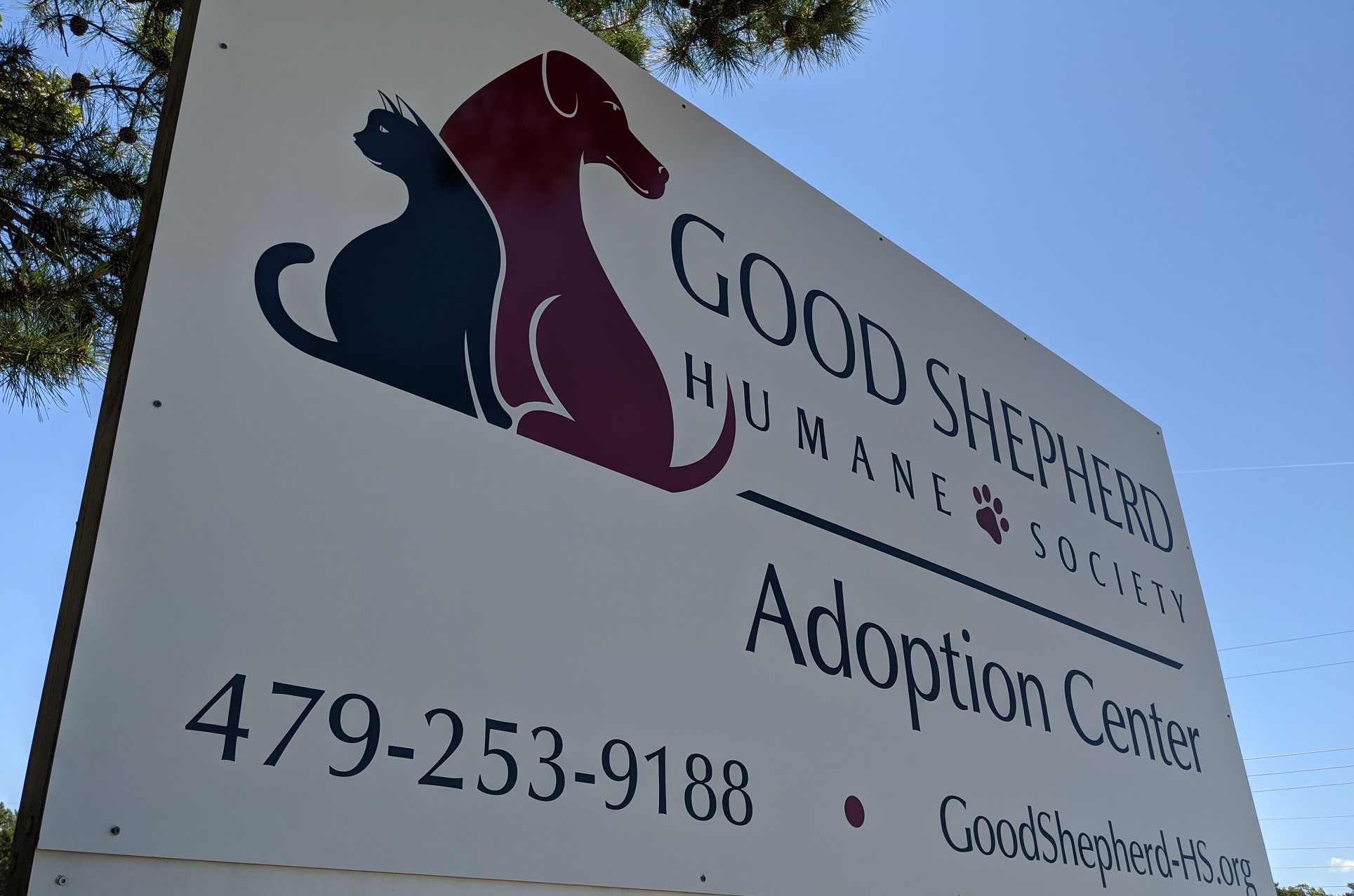News, ideas & inspiration from industry leaders

Rural Challenges in Animal Welfare, Part 2: People, People, Who’s Got the People?
In Part 1 of his series on Rural Challenges in Animal Welfare, Cole Wakefield, Animal Services Director for Good Shepherd Humane Society, got the field thinking about the availability of resources for agencies in urban areas versus those in rural areas. And that includes human resources, which Cole discusses in today’s blog. Read on for some great onboarding resources that can make all the difference for smaller-staffed organizations.
No matter how many national calls or working groups or get-togethers I attend, the same thing always blows me away: the size of the staff at urban area agencies. Now, that is not a criticism. The larger agencies have more work and more programs, which require more staff. Still, as a director at a small agency, it can be slightly exasperating to read guidelines that assume certain staffing levels or positions.
At my agency, we do not have adoptions staff; we have animal care techs who also handle adoptions, fostering, medical, and, occasionally, special events. Many rural agencies, even operated by or under contract with local governments, have no paid staff. As animal welfare leaders seeking positive change in our industry, we must figure out how to make programs that are time- and personnel-intensive more accessible to rural agencies. How do we convince small, volunteer-led organizations, who can barely keep up with the poop-scooping, to invest time and money in this new approach?
This series, while attempting to be helpful, cannot provide the answers. There is a lot of work that needs to be done before we have solutions, and I hope these articles help drive that work forward. There is not a lot of data or research published on this issue; most of what I write will be based on experience, and anecdotal information—and, therefore, could be completely wrong. So, I apologize in advance if it turns out that way. Fortunately, some national data analysis is underway, and I am looking forward to diving into it.
My intent here is not to suggest that larger agencies have it easy. They do not. They are stressed and overworked, too. I have many friends working for urban-area agencies who are struggling every day. This is not an Us versus Them. We are all in the same boat, but it is undeniable that reform and improvement efforts in our industry have, thus far, been heavily concentrated in urban areas.
Many people leading rural agencies have walked into those positions without any animal care experience outside of having a few pets. Many of these people have stepped into their roles simply because they were concerned citizens trying to address a crisis. Most of these people are not “plugged in” to our community, and are unaware of the resources we take for granted.
I, like many of you, am a data-driven decision-maker. Numbers are important, and it is hard to argue against using resources as efficiently as possible. However, as we focus on saving as many lives as possible, we risk leaving small communities behind. Saving 2,000 extra dogs in Los Angeles doesn’t mean much to the technician who had to euthanize a dozen dogs in small-town Nebraska. If we don’t start proactively addressing rural challenges, we will soon hit a wall in our quest to end unnecessary shelter death.
I don’t want to simply state the problem, so I am grateful to offer a bit of help this week. We are dealing with a personnel crisis all over the country, which is acutely felt in rural areas where the employee pool is already shallow. Small agencies often do not have any formal training or professional development programs, leading to inconsistent care and additional turnover. Fortunately, our industry has tons of no-cost resources. One thing I have sought and thought could be helpful to others is an easily accessible “onboarding” program for new staff.
The first step for onboarding at Good Shepherd is to complete the Fear Free Shelters certification. This course is an excellent introduction to animal behavior and handling. It uses approaches intended to reduce stress and fear. The Fear Free Program was designed to provide “knowledge that can help organizations take better care of animals even when resources are scarce,” according to Dr. Brenda Griffin, the program’s lead author.
While Fear Free Shelters provides a great base of behavior and handling knowledge, we all know there is more to running a facility. The team at Maddie’s University has pulled together several key resources into one certificate program. Their brand-new Sheltering Fundamentals for Staff and Volunteers Course can be found here. This includes lessons on HASS, Disinfection and Disease Control, and Kennel Cleaning.
Any agency, large or small that does not already have an initial training program in place should consider adopting Fear Free Shelters and the Maddie’s Fundamentals course as a standard part of their onboarding process. As always, I want feedback and conversation. This conversation needs to grow and develop. Please reach out to me at colew@goodshepherd-hs.org with comments, concerns, suggestions or even complaints.
More from Cole
Blog Part 1: Rural Challenges in Animal Welfare
Member Spotlight: Get to Know Cole Wakefield
Video Interview: Are Rural Shelters Ready For Covid-19 Changes?




Cole – Excellent article. My experience with a rural shelter closely mirrors the challenges you’ve outlined, There is a comparison to manmade lakes and pet overpopulation. When a manmade lake gets too full – they open the flood gates. In rescue it wouled be out-of-state transport. While Mother Nature controls the tributaries, the unwanted litters can be significantly reduced with a 3 to 5 year spay/neuter program that operates at least 6 days of every month, year ’round. It works in rural areas where there is limited (or no)increase in population. The barometer I used was ‘new schools” – – – if a town is not building new schools – they are not experiencing significant growth.
Thanks for your continued effort….it will have an impact.